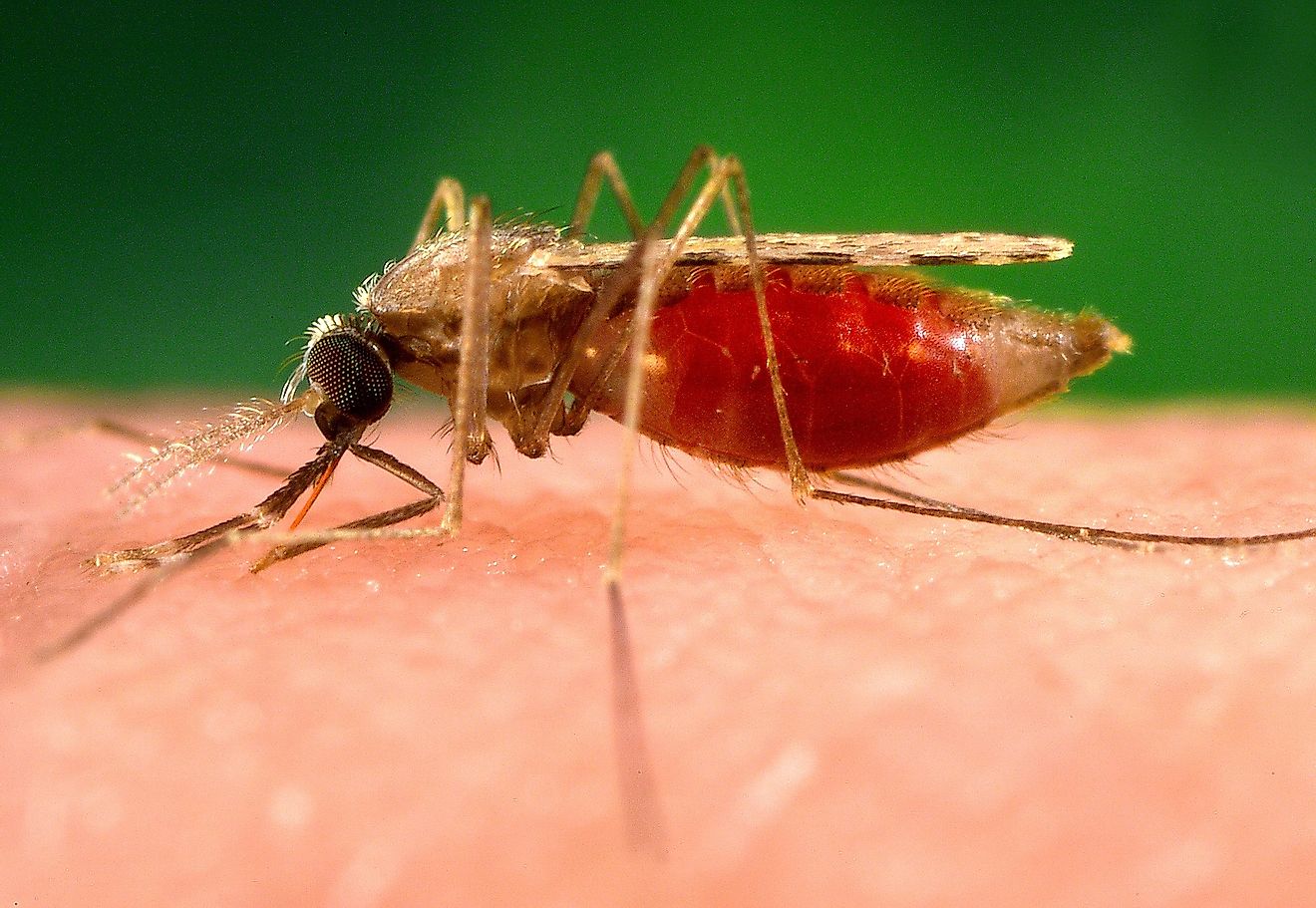Diseases That Are Transmitted By Animals

Zoonosis is the scientific term referring to any diseases that are transmitted to people by animals. Such diseases can wreak havoc on the health of both animals and human beings. Currently, researchers have discovered 13 animal diseases responsible for about 2.2 million deaths every year. Pathogens such as fungi, viruses, parasites, and bacteria can cause Zoonoses. There are 1,415 pathogens known to infect humans and 61% of them are zoonotic. Examples of modern diseases transmitted by animals include salmonellosis, influenza, and the Ebola virus disease. Most diseases that affect the humans originated from animals. However, diseases that directly involve animal to human transmission are regarded as a direct zoonosis an example of such is rabies.
Diseases That Are Transmitted By Animals
Anthrax
Anthrax most commonly occurs in both wild and domestic herbivore mammals such as cattle, sheep, horses, camels, and pigs and is caused by spore-forming bacteria. Human beings can be infected by anthrax through handling products from infected animals such as hair, leather, wool or hides. Gastrointestinal anthrax can be caused as a result of eating undercooked meat from infected animals. Anthrax can get into humans in four different ways, which include through gastrointestinal, skin absorption, injection, and inhalation. Symptoms of the disease may appear between day one and two months after a person contracts the disease. Some of the symptoms include small blisters that often turn into painful ulcers with a black center of the skin, shortness of breath, chest pains, fever, vomiting, abdominal pain, nausea and diarrhea in the gastrointestinal form. Anthrax can also be used as a biological weapon.
Rabies
Rabies is a severe viral zoonosis which adversely affects the central nervous system. The disease which is transmitted through saliva or biting by bats, dogs, coyotes, wolves, cattle, monkeys, foxes, cats, skunks, mongooses, and raccoons is highly fatal if treatment after exposure is delayed. Rabies is a significant disease, causing around 55,000 deaths each year with most cases having been caused by bites from infected dogs. Early symptoms of the disease include fever and tingling followed by fear of water, confusion, violent movements, uncontrolled excitement, and loss of consciousness. Human rabies is controlled by administering the vaccination to dogs and cats and by giving a series of injections to the infected or exposed persons.
Zika Virus
Zika virus is transmitted to human beings through mosquito bites. The most common symptoms of the diseases include joint pain, fever rash, and red eyes also known as conjunctivitis. The virus is often mild and symptoms can last up to several days to a week. People living or traveling to areas where the virus is common are at high risk of infection. There are special travel precautions for pregnant women and women who aspire to be a mother since the disease is believed to be the cause of reduced pregnancy rates, especially in Brazil where the Zika Virus affects many mothers.
Influenza
Influenza is an infectious disease commonly known as the flu which is caused by the influenza virus. The disease can be transmitted by pigs, domestic and wild birds, minks, horses, and wild aquatic animals through air droplets. Influenza is known for symptoms such as sore throat, fever, coughing, muscle pains, runny nose, and headache. The symptoms occur two days after one has been exposed and can last up to a week or less. Influenza virus has three different types namely, Influenza A, B and C. Type B and C mostly affects young children resulting in a mild disease, whereas type A which is distributed worldwide can result in a mild respiratory disease in both animals and human beings.
Important Statistics
Scientists have found that almost 60% of all human diseases and about 75% of all emerging infectious diseases are transmitted by animals to human. Most infections come from livestock, such as pigs, cattle, chicken, camel, and sheep. These infections are possible because almost three-quarters of the rural people especially the poor and about one-third of the urban poor are dependent on livestock for income, food, manure and other services.
Diseases That Are Transmitted By Animals
| Rank | Disease | Carrier | Mode of Transmission |
|---|---|---|---|
| 1 | Anthrax | Cattle, sheep, goats, camels, horses, pigs | Ingestion, inhalation, absorption |
| 2 | Brucellosis | Cattle, goats | Infected milk and meat |
| 3 | Chagas | Cattle | Eating meat |
| 4 | Creutzfeldt-Jakob Disease | Cattle | Eating meat |
| 5 | Ebola virus | Chimpanzees, gorillas, fruit bats, monkeys, forest antelope, porcupines | Bodily fluids |
| 6 | Influenza | Horses, pigs, domestic and wild birds, wild aquatic animals, minks | Air droplets |
| 7 | Leprosy | Armadillos, mangabey monkeys, rabbits, mice | Contact with infected animal |
| 8 | Leptospirosis | Rats, mice, dogs | Direct or indirect contact with animals |
| 9 | Rabies | Dogs, bats, monkeys, raccoons, foxes, skunks, cattle, wolves, coyotes, mongooses, cats | Saliva or biting |
| 10 | Rat-bite fever | Rats | Rat bites |
| 11 | Toxocariasis | Dogs, cats | Exposure to feces |
| 12 | Toxoplasmosis | Cats, livestock, poultry | Exposure to feces and undercooked meat |
| 13 | West Nile Fever | Birds, mosquitoes | Mosquito bites |
| 14 | Malaria | Mosquitoes | Mosquito bites |
| 15 | Yellow fever | Mosquitoes | Mosquito bites |
| 16 | Dengue fever | Mosquitoes | Mosquito bites |
| 17 | Zika fever | Mosquitoes | Mosquito bites |







